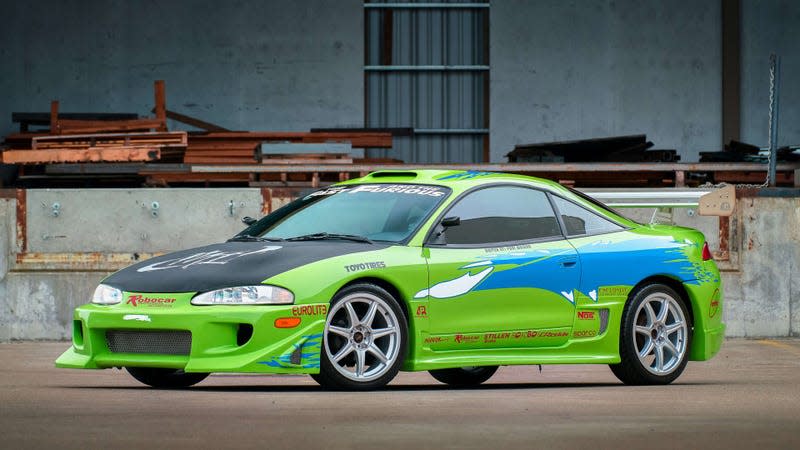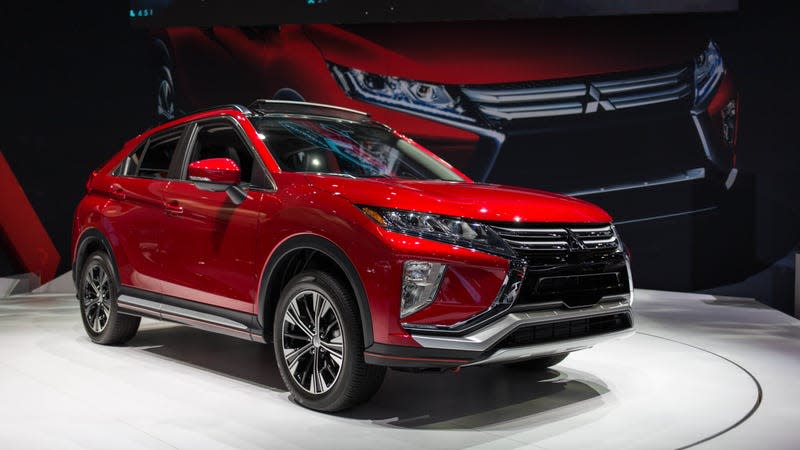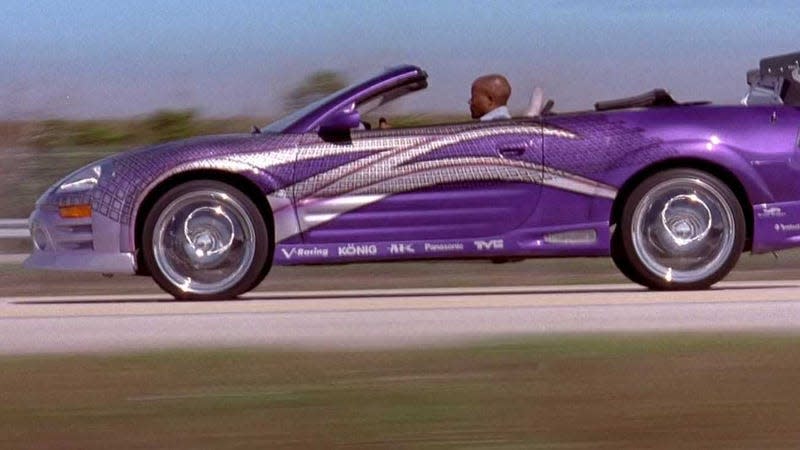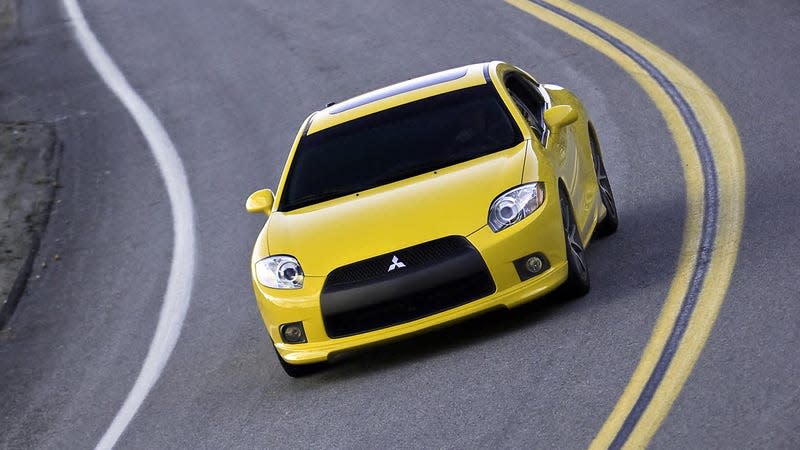These Are The Best And Worst Eclipses

Apparently, something special is happening with the sun and moon today. You should drive more carefully, and despite what the “experts” on TikTok say, do not stare directly at the eclipse without protective eyewear. But let’s take a moment to appreciate some good eclipses and recognize some bad ones.
Before it was the brand that mostly focused on sub-prime buyers looking for cheap cars, Mitsubishi was once a respected automaker of Japanese performance cars, from the legendary Lancer Evo rally cars to the 3000GT coupe, and a variety of turbocharged sport-compacts that would be recognizable to anyone who grew up playing Gran Turismo. The automaker’s most accessible performance car was the Eclipse, which was actually named after a horse and not the solar phenomenon.
It was sold when younger people could afford and would be willing to buy sporty and stylish two-door coupes or convertibles. With a 15-year production run from 1990 to 2005, the Eclipse had some bright moments and some dark ones.
Here is a ranking of the best and worst Eclipse models.
Eclipse Cross (2018-Present)

Technically this one should be crossed off this list entirely. Mitsubishi made a desperate attempt to make their subcompact crossover somewhat relevant to the Gen-Z/Gen-X crowd by slapping the Eclipse name on their Subaru Crosstrek competitor. With a starting price of $26,345, if you’re shopping for a new car, you can probably do better. There is also a Ralliart version for reasons I don’t understand.
Third-Gen Eclipse (2000-2005)

Mitsubishi wanted so badly for the third-generation Eclipse to be the next cool thing, but was such a deviation from the first- and second-gen cars that it didn’t get the same respect. And who could forget this very spoofable commercial? Most of the disappointment came from the loss of the AWD version, some awkward styling elements and the switch to V6 power over the easily tunable turbocharged four cylinder. However, the story behind the Eclipse Spyder in “2 Fast 2 Furious” is fascinating.
Fourth-Gen Eclipse (2006-2012)

By the time the fourth-gen car came around the sport-compact tuning scene was fading out and Mitsubishi had made the full pivot to focusing on the crossover market. The automaker attempted to revive the styling cues of the second-gen Eclipse while upgrading the mediocre powertrains of the third-gen car. In the end, the car still looked a bit bloated, but you could score it with a respectable 265-hp V6 and a manual transmission. It wasn’t bad car but, it wasn’t great.
Second-Gen Eclipse (1995-1999)
Anyone who subscribed to Sport Compact Car magazine in the 90s and early 2000s knows that the second-generation Eclipse was an ideal platform for modifications ranging from big turbos and slick rims to wild stickers and underglow. Let’s also not forget “racing style” spoilers that offered little downforce and mufflers that could be heard a mile away. Even without some of these questionable improvements, the second-gen cars were great daily drivers that could be had at reasonable prices even if you opted for the turbo models, with the AWD GSX being the most desirable trim.
First-Gen Eclipse (1990-1994)
While the second-gen cars earned most of the star power, the early ‘90s Eclipse models, along with the Honda Civic and Acura Integra, can be credited with laying the foundation for a generation of drivers who understood that just because you had a front-wheel-drive car doesn’t mean it couldn’t be fun. While all-wheel drive was available, the front-drive models were more prevalent. Whether buyers got a turbo engine from the factory or picked up a base GS and added boost later, the sport compact was quickly respected on the street scene. Call it the #RadWood effect, but the angular accents and pop-up headlights from the early models bring back the nostalgia for a better time.

